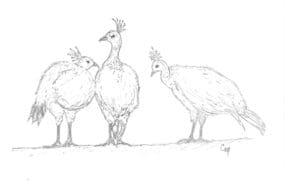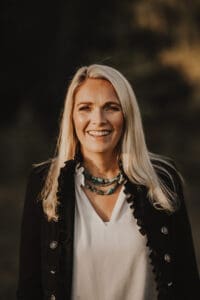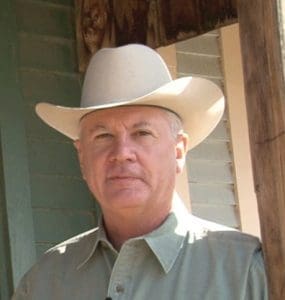By Will Verboven Contributing Editor
For almost 20 years, a valiant and determined group of Canadian cattle producers fought a long, drawn-out legal battle against the might of the Canadian federal government. The original concept for the lawsuit was noble and had legal merit.
In a nutshell, the case was a class action lawsuit that alleges that the defendant, the Government of Canada (GOC), was negligent in keeping BSE out of Canada by failing to implement a ruminant-to-ruminant feed ban in 1990 when it brought in the import ban or in 1994 when Canada ordered the destruction of the United Kingdom (UK) imports, according to court documents. In addition, it was alleged that the GOC failed to adequately monitor and prevent UK imports from entering the feed chain between 1990 and 1994. The plaintiff sought damages arising from losses suffered by the class between 2003 and 2007. In effect, it is acknowledged that, while Canada took steps to prevent BSE from entering its cattle herd, lawsuit proponents believe that negligence contributed to the disease being transferred from UK to Canadian cattle.
The subsequent discovery of BSE in a Canadian cow caused an embargo on all Canadian cattle and beef exports by the U.S. and many other countries. The embargo is estimated to have cost the Canadian industry nearly $9 billion in losses. Considering the losses to the industry and what seemed like negligence by the GOC, some prominent cattle producers and their supporters felt they had a legal case to sue for compensation. However, after a resolute decades-long legal battle with some initial victories, the Supreme Court of Canada dismissed an appeal to have it heard. That was the end of the case, and it was disappointing for those who led the fight to the bitter end, so to speak.
For many decades, the Canadian government has stacked the deck, favoring class–action lawsuits that address perceived grievances from the distant past but usually not present-day ones.
One is reluctant to reflect on the bad old days when BSE broke out in Canada. It tends to bring up distressing memories that one would rather forget, especially if it caused personal financial ruin and loss of livelihood. However, the people who led the BSE lawsuit need to be commended for their gallant efforts. It was spear-headed by Canadian cattle producers starting back in 2006. One has to acclaim the tenacity of the folks involved, considering the cost and time this type of lawsuit required. In particular, prominent cattleman Larry Sears of Stavely, Alberta, must be recognized and applauded for his determined efforts to keep the case going until the end. Whatever the nature of the case, his role was insightful and critical. I expect his time and financial contribution was considerable.
One might have hoped that Canadian cattle producer organizations would have been more publicly supportive of this legal case. Understandably, such support could have had negative political and financial ramifications from the Canadian federal government and their agencies on these cattle producer groups. Their reluctance was reasonable; hopefully, the case had their moral support.
In retrospect and with all due respect to the folks involved, perhaps the original litigants were naïve in their audacity to take on the legal might of a federal government. That’s always an unfair battle, and the outcome is usually predictable – the plaintiff gets worn down and financially drained. In this lawsuit, the plaintiffs went to extraordinary lengths to keep the case alive and get it to the steps of the Supreme Court of Canada. Less heroic folks would have given up years ago. This brings up a reality that faces class action lawsuits against governments – their success often depends on the case’s political implications and/or how it reflects on bureaucratic decisions.
For many decades, the Canadian government has stacked the deck, favoring class-action lawsuits that address perceived grievances from the distant past but usually not present-day ones. The latter might identify that current government politicians and bureaucrats can make mistakes. There are several GOC financial programs that help politically correct plaintiffs pay for their lawsuits against the federal government for past injustices. The BSE case was not to be one of them because it is too close to home, making the case a long haul for the plaintiffs.
As one might expect, there is speculation about what may have affected how the case evolved and its final outcome. Hindsight is a way of rationalizing the outcome. Judges, I have found, are human beings with their own perspectives and unique backgrounds. It may also have been difficult for city-bred judges to understand the nuances of agriculture-related legal cases. To be fair, the Supreme Court of Canada, like its counterpart in the U.S., regularly dismisses appealed cases. In retrospect, Larry Sears commented that he hoped the federal regulatory bodies involved learned some lessons along the way.
With all due respect to the indomitable Mr. Sears, I tend to be more cynical. I suspect these types of legal absolutions for dubious bureaucratic decisions just emboldens more dubious decisions. It’s a perspective that I suspect is shared by many American citizens who have had to deal with U.S. government officials. Again, thanks to Larry Sears and his fellow lawsuit warriors – you fought the good fight.





